It’d be fair to say that among Europe’s capitals, the Polish capital of Warsaw isn’t the most beloved. The city seems to draw out a mixed response from visitors, its complicated character either delighting visitors or turning them off.
As someone who finds the city of Warsaw a fascinating place, I tend to think part of the problem is that people have skewed expectations of what visiting Warsaw will be like. Whereas Kraków easily charms with its preserved Old Town, Warsaw is at times grand, soviet, alternative and colorful. So, to help you adjust your expectations accordingly and get the most out of your visit, here is an itinerary that showcases the best of Warsaw.
With 3 days in Warsaw, you can see much of what the city has to offer and uncover several different sides of it.
What You’ll Find in this Article
- Best Time to Visit Warsaw
- How to Get from the Airports to the City Center
- How to Get Around Warsaw
- Accommodation in Warsaw
- The Perfect 3-Day Warsaw Itinerary
Best Time to Visit Warsaw
As with elsewhere in Poland, Warsaw is at its busiest during July and August. Poland’s capital enjoys fairly typical European summer temperatures which makes for comfortable sightseeing weather.
You’ll find the city is less crowded in May, June and September as you skirt the edges of Europe’s high season. Even at this time of year, you should find it pleasant to be out exploring the city. May is probably the best time to visit Warsaw, with fewer tourists and generally great weather.
Another time of year to consider is leading up to Christmas, since Warsaw hosts several Christmas markets and you may even get to see the city dusted with snowflakes.
How to Get from the Airports to the City Center
When flying into Warsaw, it’s worth noting that there are two airports – Warsaw Chopin and Warsaw Modlin. Ryanair is the only airline that currently flies in and out of Modlin.
To get from Warsaw Chopin Airport into the city, the train is the best direct option. You can take either the S2 (to downtown Warsaw) or S3 (to the central railway station). Depending on which part of the center you want to reach, the train ride will take around 20 minutes. There are also several buses (that you can find here) that bring you from the airport to the city.
For Warsaw Modlin, you can reach the city via train, connecting through Modlin station, or look at taxis or shuttles buses.
How to Get Around Warsaw
As a major city, it’s no surprise that Warsaw can be quite a sprawling place. Even still, it is possible to explore most of the city on foot as most sights are limited to the city center.
For attractions that are a little further away and for people that would rather not walk, Warsaw’s public transport comes to the rescue. Made up of buses, trams and an underground network, it’s possible to get almost anywhere by public transport.
Fares start from 3.4 zl for a 20-minute ticket. The same tickets are used for both the tram and metro, as well as some buses. See the fare rules and options here. Tickets can be bought from machines at major stops, on board some vehicles and at kiosks like Ruch.
Accommodation in Warsaw
Most of Warsaw’s attractions lie within walking distance of the city’s Old Town and the central Sródmiescie neighborhood. These are both ideal areas to stay in, especially with their public transport connections.
To enjoy a luxurious stay, Warsaw is home to many high-end hotels – with the Bellotto Hotel, located in a grand 16th-century palace just a block from the Castle Square, being the highest rated one.
A comfortable mid-range hotel in the city center with great access to public transport is the Campanile Varsovie / Warszawa. The hotel features rooms with a fresh, modern design and all the amenities you’d expect like Wi-Fi and climate control.
There are also a ton of vacation rentals available on Airbnb. For recommendations, take a look at our list of the best Airbnbs in Warsaw.
For those that are traveling on a budget, Moon Hostel is just one of Warsaw’s many hostels worth looking at. Just off Nowy Świat Street, the hostel combines a simple, bright aesthetic and plenty of common areas.
For more accommodation options in Warsaw checkout Booking.com. They continuously offer the best rates and their custom service is on point.
The Perfect 3-Day Warsaw Itinerary
You’ll thoroughly cover the best places to visit in Warsaw with our 3-day itinerary. Rather than staying in the city’s Old Town, this Warsaw itinerary shows you a number of different neighborhoods to give you a more well-rounded appreciation for this complex city.
However, before we get to our Warsaw itinerary, we just wanted to remind you to purchase travel insurance. You never know what will happen and, trust us, you do not want to get stuck with thousands of dollars in medical bills. As a wise man once said, “If you can’t afford travel insurance, you can’t afford to travel.” So don’t leave home without it.
SafetyWing offers travel insurance for only about $10 a week, making it a no-brainer to get. You can get a quick, non-binding quote below:

SafetyWing is, of course, not the only option available. Two other popular alternatives are World Nomads and Heymondo.
So with that sorted, let’s get back to our Warsaw travel itinerary and check out the best things to do in Warsaw in 3 days.
Day 1 in Warsaw
The classic place to start your 3-day trip to Warsaw is with the city’s most scenic street and the wonderfully restored historical center.
Nowy Świat Street
Before you get to the city’s Old Town, first you should wander up Nowy Świat Street, since it’s one of Warsaw’s most elegant. Starting in Sródmiescie and running right into the Old Town, this street is lined with plenty of grand buildings, including several palaces. Chances are there will be several street performers along the large avenue, adding to its ambience.
Midway along the street you’ll find yourself stopping outside the Presidential Palace. Guarded by armed guards, this impressive palace is the seat of the nation’s president, although it’s not his residence. It is possible to visit the Presidential Palace, although arrangements need to be made in advance.
There are also plenty of quite pleasing churches to admire as you stroll along, from the Visitationist Church to the remarkably similar Carmelite Church. The one not to miss is St Anne’s Church with its lavish interior.
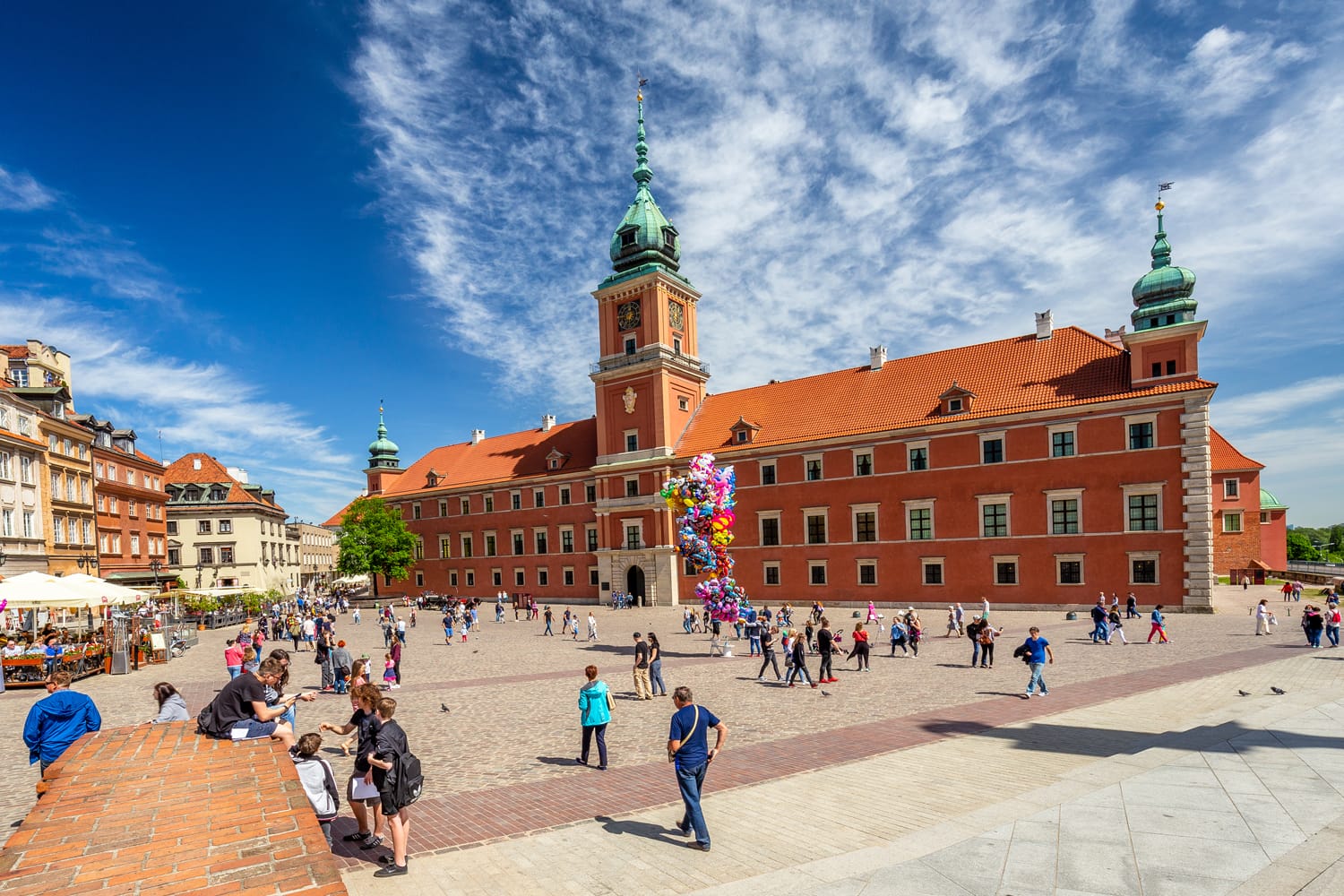
Castle Square
Soon enough you’ll reach the beating heart of Warsaw – Castle Square. Standing beneath the watchful gaze of King Sigismund III atop his column, this vast square is the city’s popular meeting point. It’s worth mentioning that it’s from here that many free walking tours depart.
The square’s popularity is immediately clear, since it’s surrounded by the colorful historic houses of the Old Town, remains of the city walls and the looming presence of the city’s castle.
Make sure to venture into the castle’s inner courtyard to see how completely different each side of the five-sided courtyard is. While the courtyard and castle gardens are free to visit, you’ll need tickets if you want a guided tour of the castle interior and royal apartments.
Recommendation: Get insider tips and learn more about Warsaw’s fascination history on this highly rated sightseeing tour to Old Town, the Royal Castle, the Jewish Ghetto, Lazienki Park, and much more. Sit back and relax as you see the sights of Warsaw in the intimacy of a small group.
Old Town
Once you’ve taken a 360° look at the Castle Square, it’s time to venture into the Old Town itself. Warsaw’s Old Town isn’t particularly expansive, so you should have no trouble finding your way about on foot. While it may look quite pleasing now, it’s worth remembering that it all had to be rebuilt after severe devastation during World War II.
While wandering its streets, one square worth finding is Plac Kanonia. It’s here that you’ll find the heavy 17th-century Wishing Bell and the city’s narrowest building tucked away in the corner. Close by is the Gnojna Góra terrace viewpoint and its views of the Vistula River.
The crown jewel of Warsaw’s Old Town though is the exquisite Market Square. On all sides you’ll spy beautiful building facades, each providing a backdrop to various lively restaurants and cafes. And at the square’s center? A statue of the city’s symbol, a mermaid with a sword raised overhead.
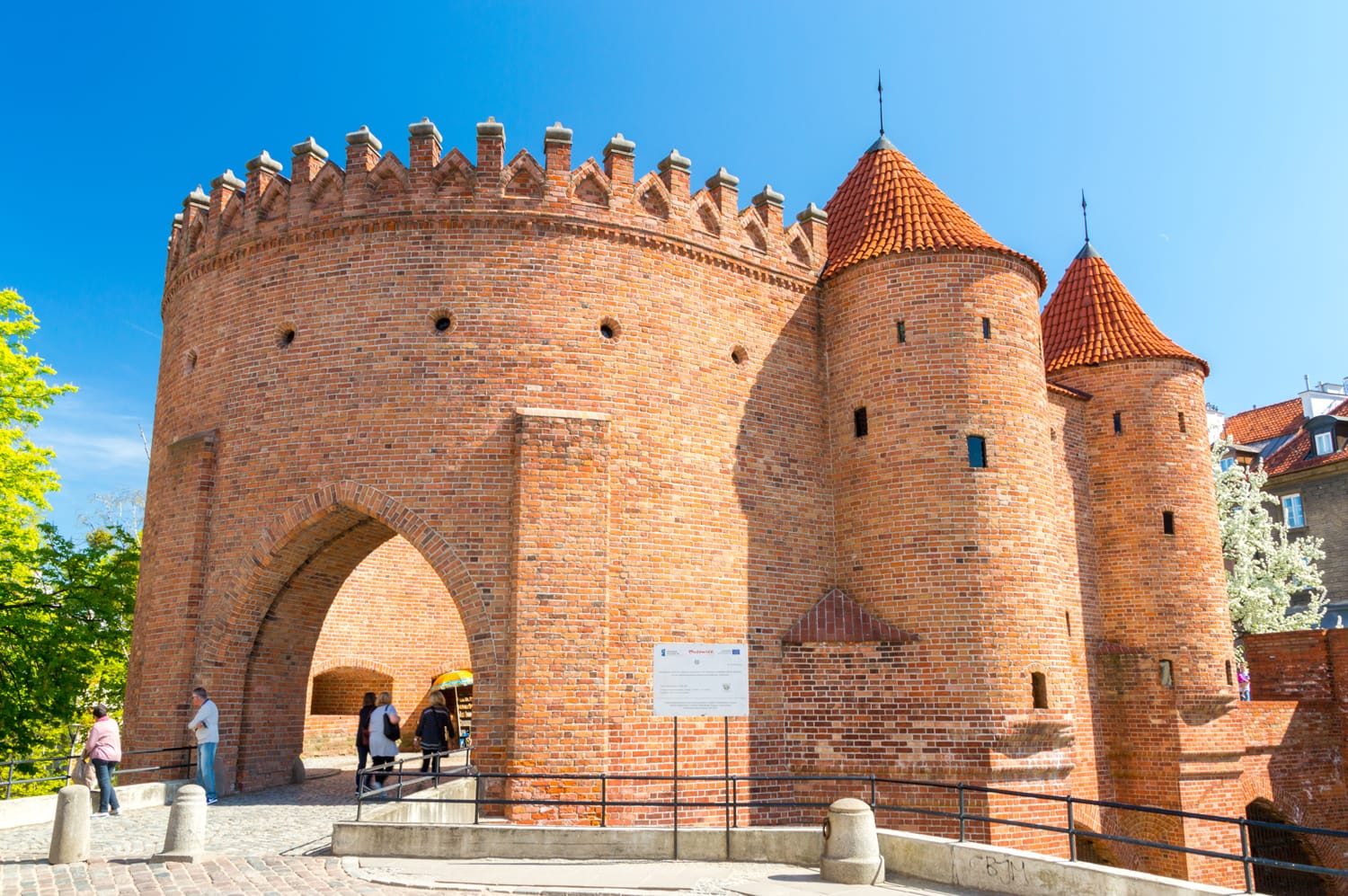
Warsaw Barbican and City Walls
Having slowly crossed through the entire Old Town, you should find yourself standing in front of the mighty Warsaw Barbican. This impressive fortification links up with what remains of Warsaw’s historic city walls. By the barbican, you can walk along a section of the walls and appreciate the sizeable defensive barrier separating the Old Town from everything else.
Beyond the Barbican is the New Town, with even more beautiful buildings and a few nice churches. Once you’ve looked around, you can follow the remains of the city walls back around to Castle Square. Don’t miss Sigismund’s Clock or Mały Powstaniec, a small monument dedicated to the child soldiers of WWII.
Taras Widokowy Tower
End the day of sightseeing by appreciating the Old Town from a fresh perspective. Climb the Taras Widokowy Tower just off Castle Square and see the buildings of the Old Town and Nowy Świat Street in a whole new light. Hopefully by leaving this sight until last, you’ll be treated to the evening light washing over everything and creating a truly memorable scene.
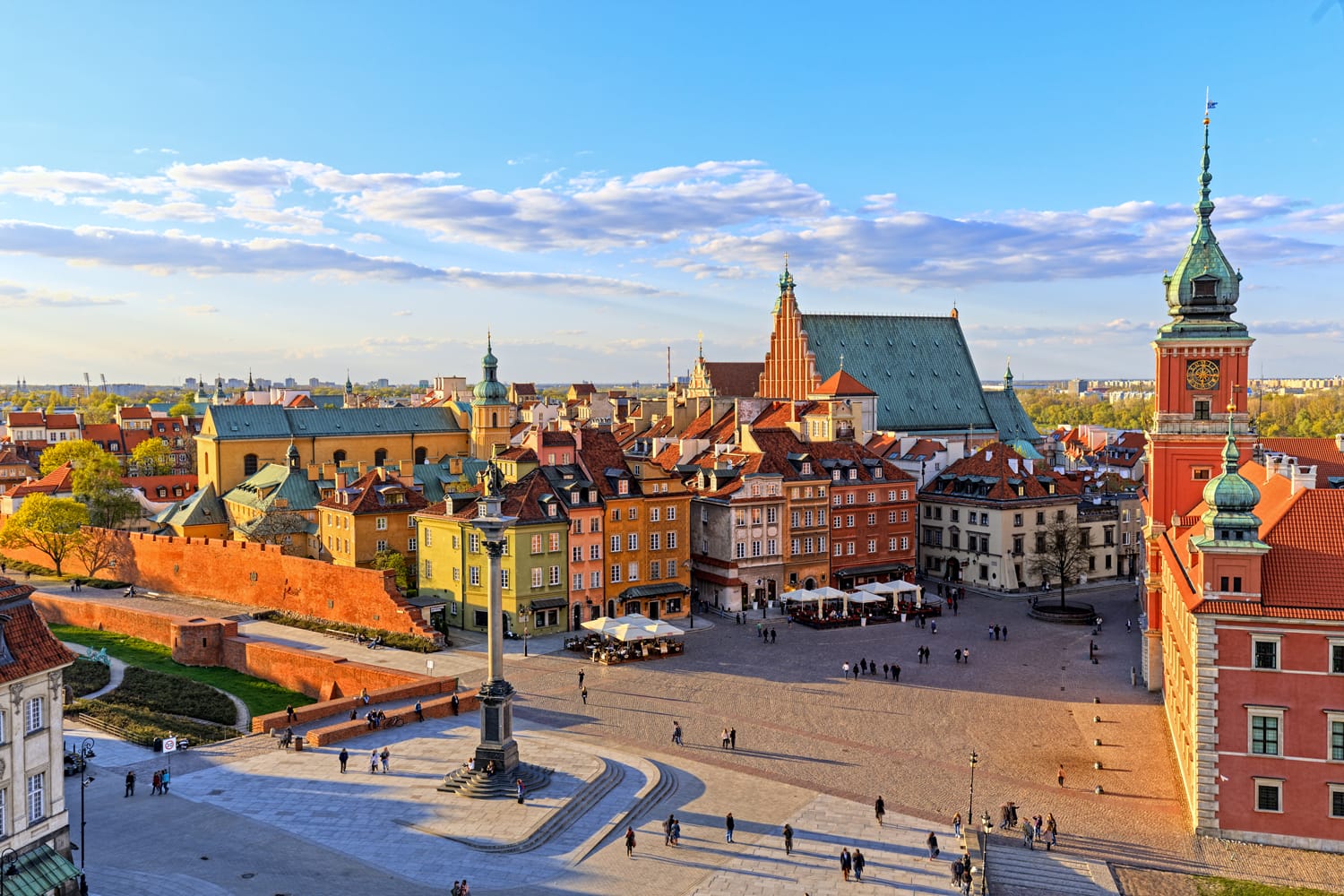
Hearty Polish Cuisine
When in Poland it’s important to get a feel for the hearty Polish cuisine. Popular and frequent residents on menus include Polish dumplings, known as pierogi, and tasty potato pancakes. Although there’ll be no shortage of restaurants serving these dishes, try one of the cozy and traditional Restauracja Zapiecek scattered around Warsaw.
Day 2 in Warsaw
Much of Warsaw’s history is wrapped up in its painful Jewish history, which can be explored through many important sights and museums. But first on a lighter note, city views.
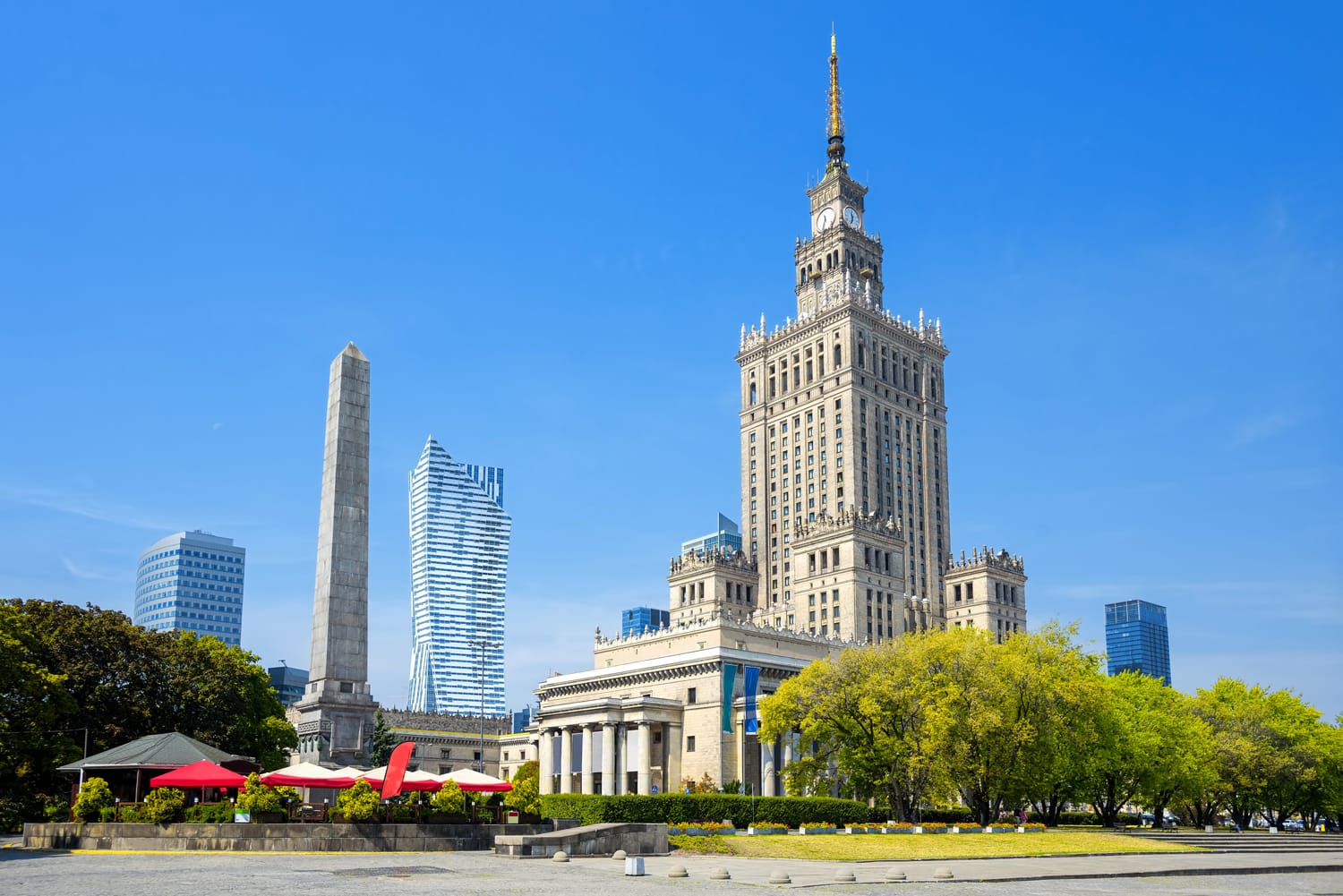
Palace of Culture and Science
Go anywhere in Warsaw’s central downtown area and you’re sure to notice the great, big Soviet tower that is the Palace of Culture and Science. A hallmark of that era, this massive building is home to lots of different businesses, from a cinema to a nightclub to multiple museums.
It’s most appealing feature though is its panoramic terrace. From the top of this huge Soviet tower you’re presented with unparalleled views of Warsaw as far as the eye can see. Visiting the observation deck helps you get your bearings, since you can not only see the city, but are shown information on its most important landmarks.
Recommendation: If you want to learn more about Warsaw’s communist history, consider booking this private guided tour. On this tour you will visit the Palace of Culture and Science and other important Polish People’s Republic sites, and hear stories of Warsaw during the communist era.
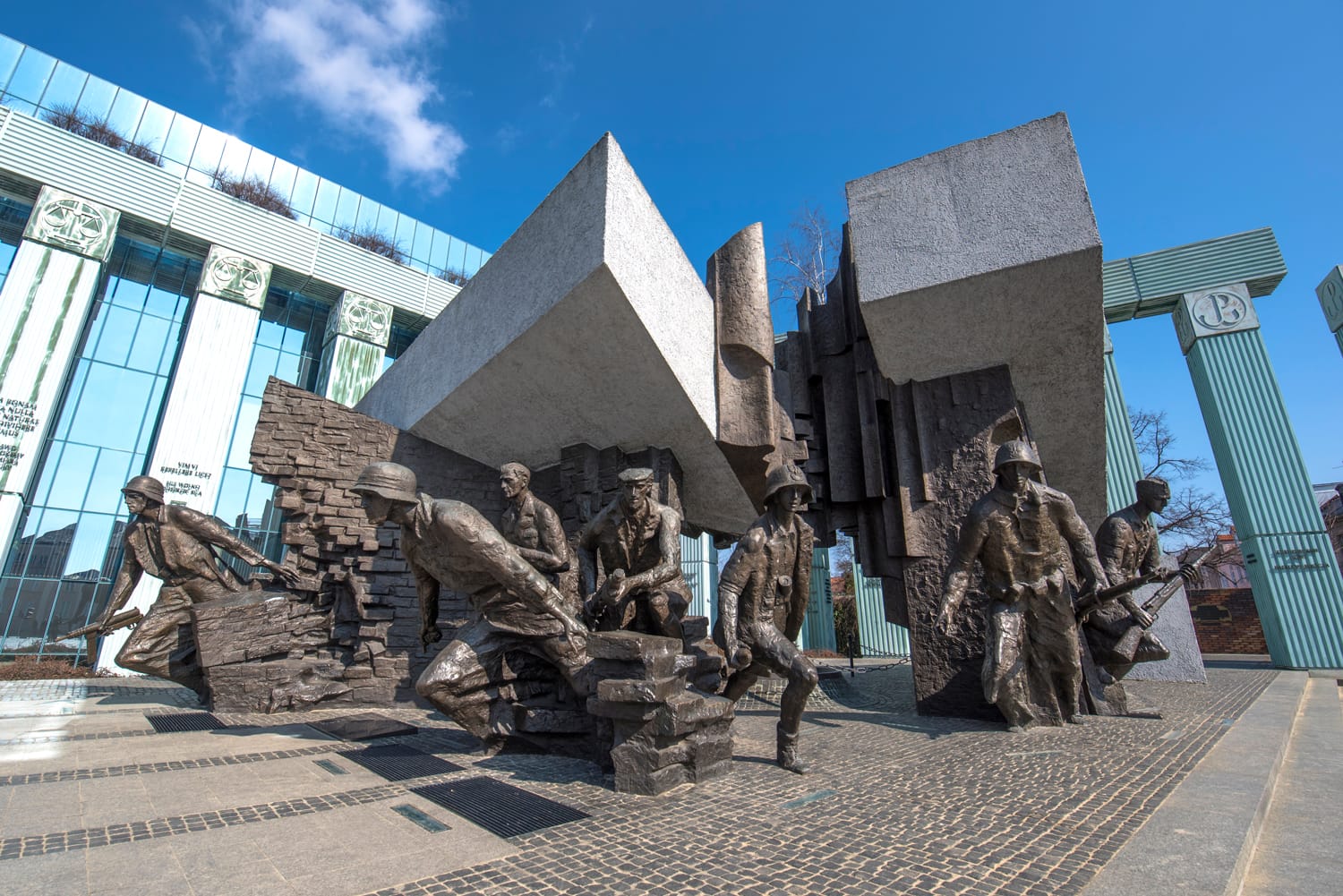
Warsaw Rising Museum
Poland during World War II was a hard place and rife with struggle, but also resistance. One of the most important acts of resistance was the Warsaw Uprising, where the people of Warsaw sought to oust the Nazis in 1944.
The best place to uncover this moment in time and those that followed is the Warsaw Rising Museum. Exhibits inside show the efforts by the resistance to expel the Germans as well as the brutal retaliation of burning Warsaw to the ground. These exhibits will have you reconsidering the sights you have seen in Warsaw and appreciating all the work that has gone into rebuilding the city.
Recommendation: Travel back in time to understand how freedom was perceived by people from World War II, and what price they paid for it on a guided tour of the Warsaw Rising Museum and POLIN Museum of the History of Polish Jews.
Saxon Garden and War Memorial
Venturing back towards the city center, you should arrive at the beautifully manicured park of the Saxon Garden. This picturesque park with its formal gardens is also home to the memorial of the Unknown Soldiers’ Grave.
Between armed guards, this monument to soldiers of WWI lists all the conflicts in which Polish soldiers have fought. The monument is also actually what is left of the Saxon Palace that once stood on those grounds.
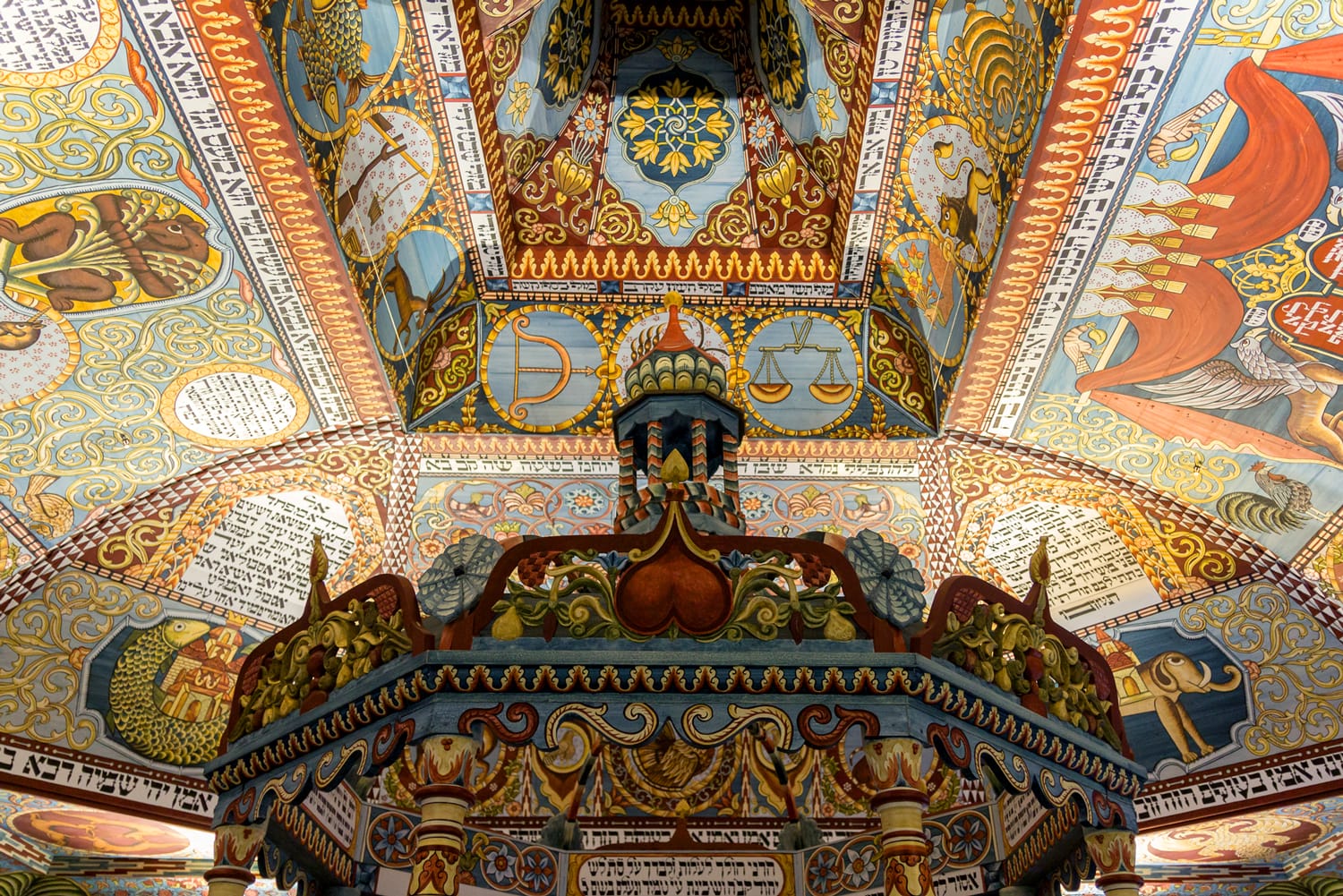
POLIN Museum of the History of Polish Jews
When considering the history of Poland, the horrific acts against the Jewish population by the occupying German forces is a frequent topic. To better understand what occurred, a trip to the POLIN Museum of the History of Polish Jews is in order.
This modern museum sits on the site of the Warsaw Ghetto and details the extensive history of the Jewish community in Poland. It not only focuses on the period of the Holocaust, but the centuries of Jewish history in Poland that came before it.
Buy your entrance ticket to the POLIN Museum of the History of Polish Jews here!
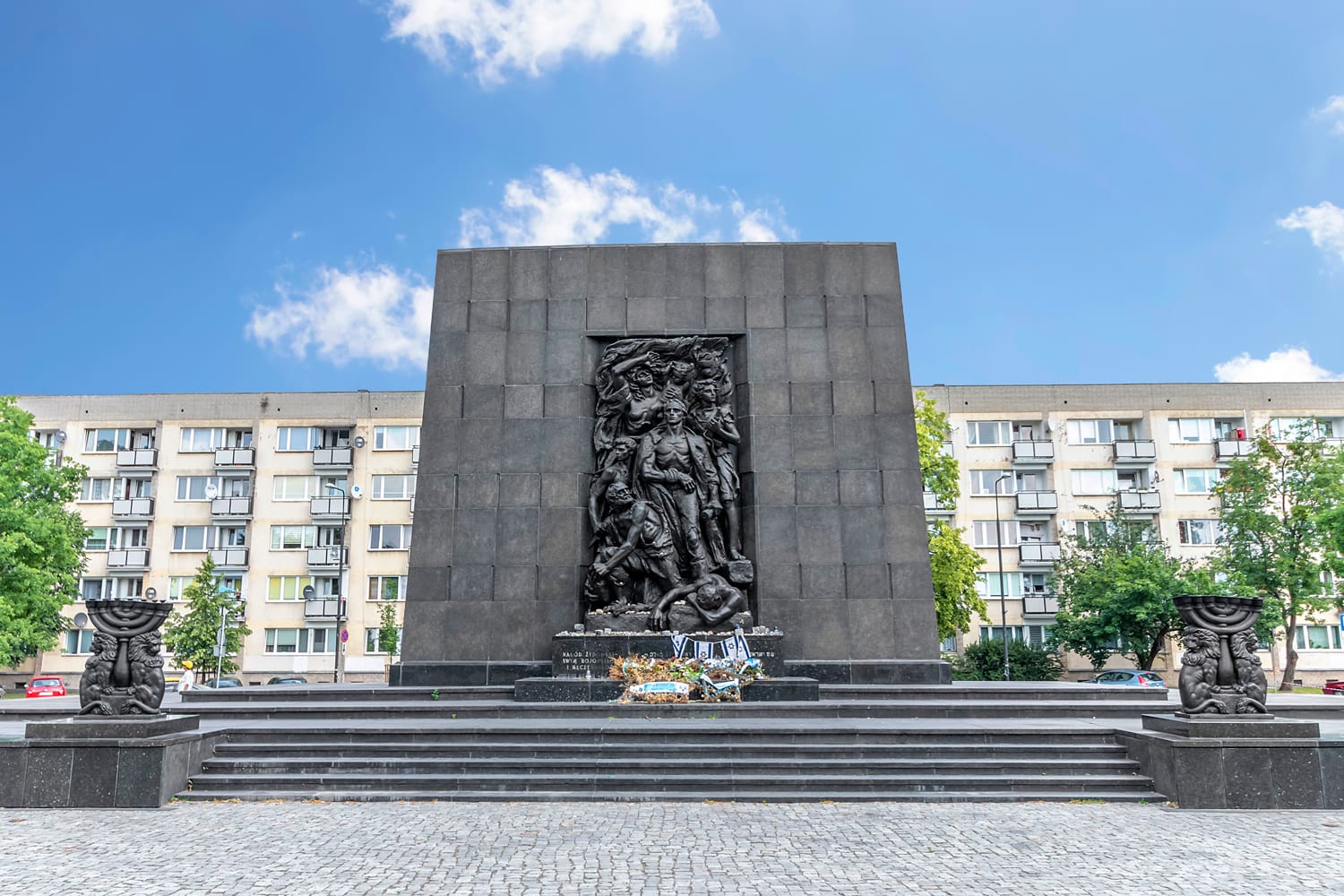
Krasinski Palace Gardens
To let you process everything from the day’s museums, find your way to the nearby peaceful gardens behind Krasinski Palace. The beautiful gardens should do the job of cheering you up, and the Baroque palace is certainly an impressively graceful building.
Today the palace is used as part of the Polish National Library and is further proof that Warsaw is more than just Soviet architecture. Across the square you’ll find the unusual look of the Supreme Court of Poland, as well as a moving monument dedicated to the Warsaw Uprising.
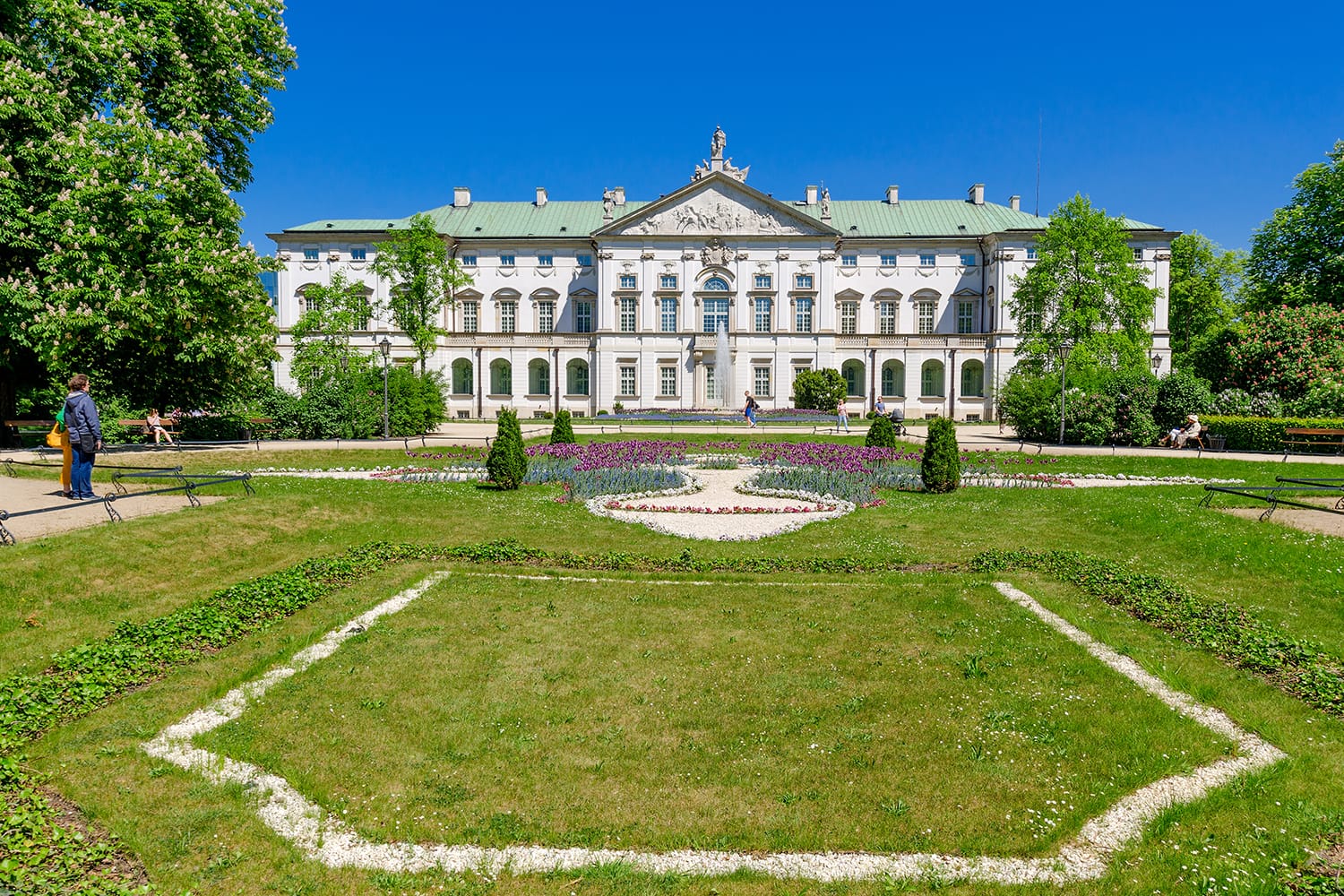
An Authentic Warsaw Milk Bar
For dinner, why not try something a little different and extremely Polish? Found throughout Warsaw are establishments known as milk bars, or bar mleczny in Polish. These cafeterias date back to the Great Depression and have long offered cheap Polish cuisine. A great place to experience this throwback concept is at Prasowy in the southern end of Sródmiescie.
Day 3 in Warsaw
Seeing Warsaw in 3 days means you have the opportunity to venture beyond the core tourist attractions and get a better feel for other parts of Warsaw.
Praga
For those seeking to find Warsaw’s edgier, alternative side, look no further than the Praga neighborhood. Located on the far bank of the Vistula River, the district was a separate town for much of its existence. To this day, it still holds that fiercely independent spirit.
Exploring Praga, it’s easy to sense how different it feels from Old Town and Sródmiescie. The rundown neighborhood was used to represent the Warsaw Ghetto for the 2002 film The Pianist.
The district has often lived with a reputation as being somewhat dangerous and tour guides may still warn of visiting after dark. For the most part though, Praga feels just as safe as anywhere in Warsaw.
Spots worth visiting in Praga include the Praga Band monument and the historic Bazar Różyckiego market. Fans of street art will love the district’s vibe, with pieces found all over the place between the worn brick buildings. Tours to Praga will also often bring tourists into tenement courtyards to show them the tiny local shrines that locals still frequently visit.
Book a walking tour of Praga with a local expert here!
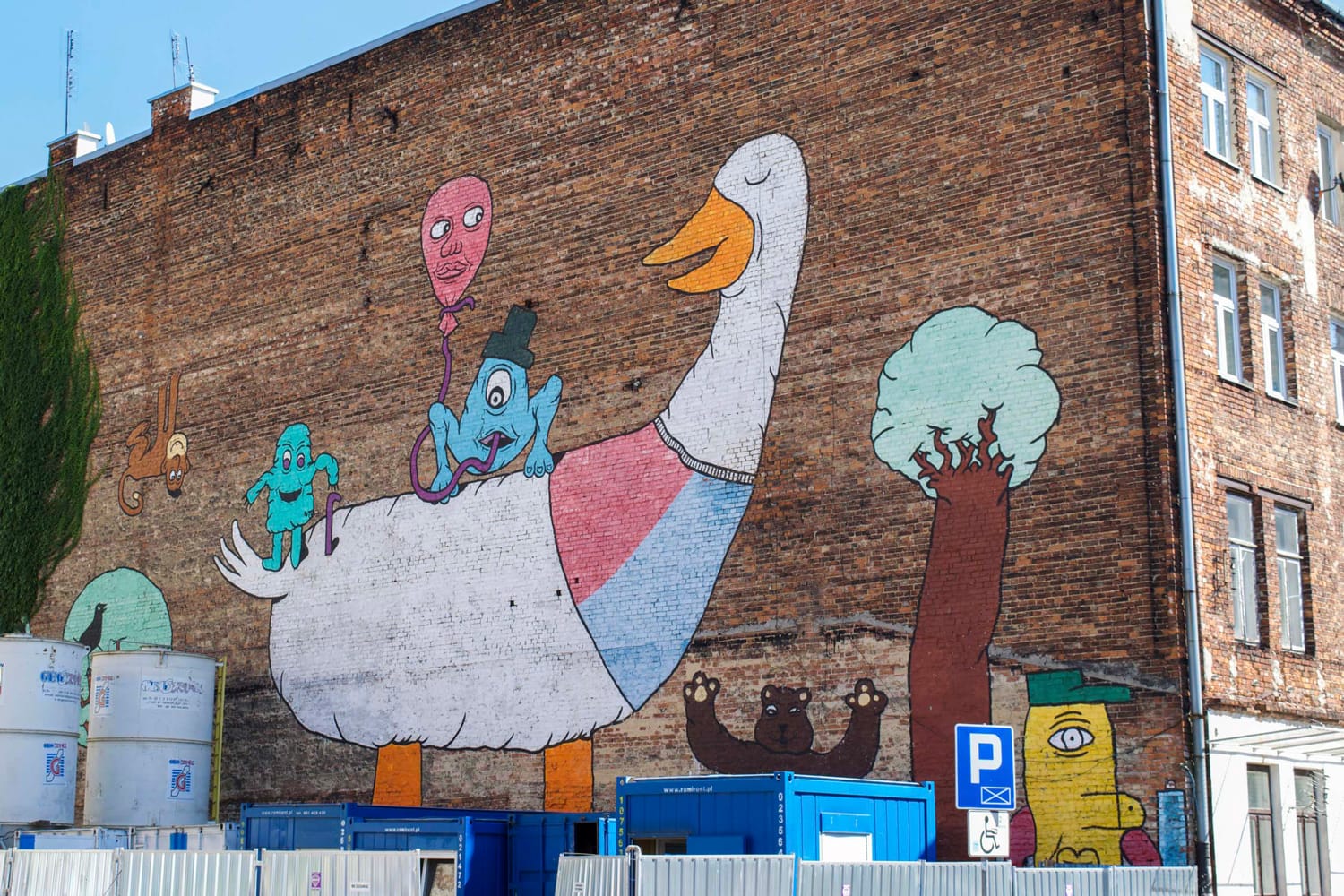
Powisle
One of Warsaw’s recent up-and-coming neighborhoods, Powisle is the riverfront neighborhood opposite Praga. Once an abandoned pocket of the city, the past few years have seen it transformed through gentrification.
Found behind the city’s university and down to the water’s edge, Powisle is home to an eclectic mix of humble businesses, and cool cafes and wine bars. The neighborhood also boasts several parks and a stretching waterfront boulevard. It’s here that you’ll find a giant statue of the city’s symbol to match the statue in the Old Town Market Square.
The area is now home to several museums including the Modern Art Museum and Copernicus Science Center.
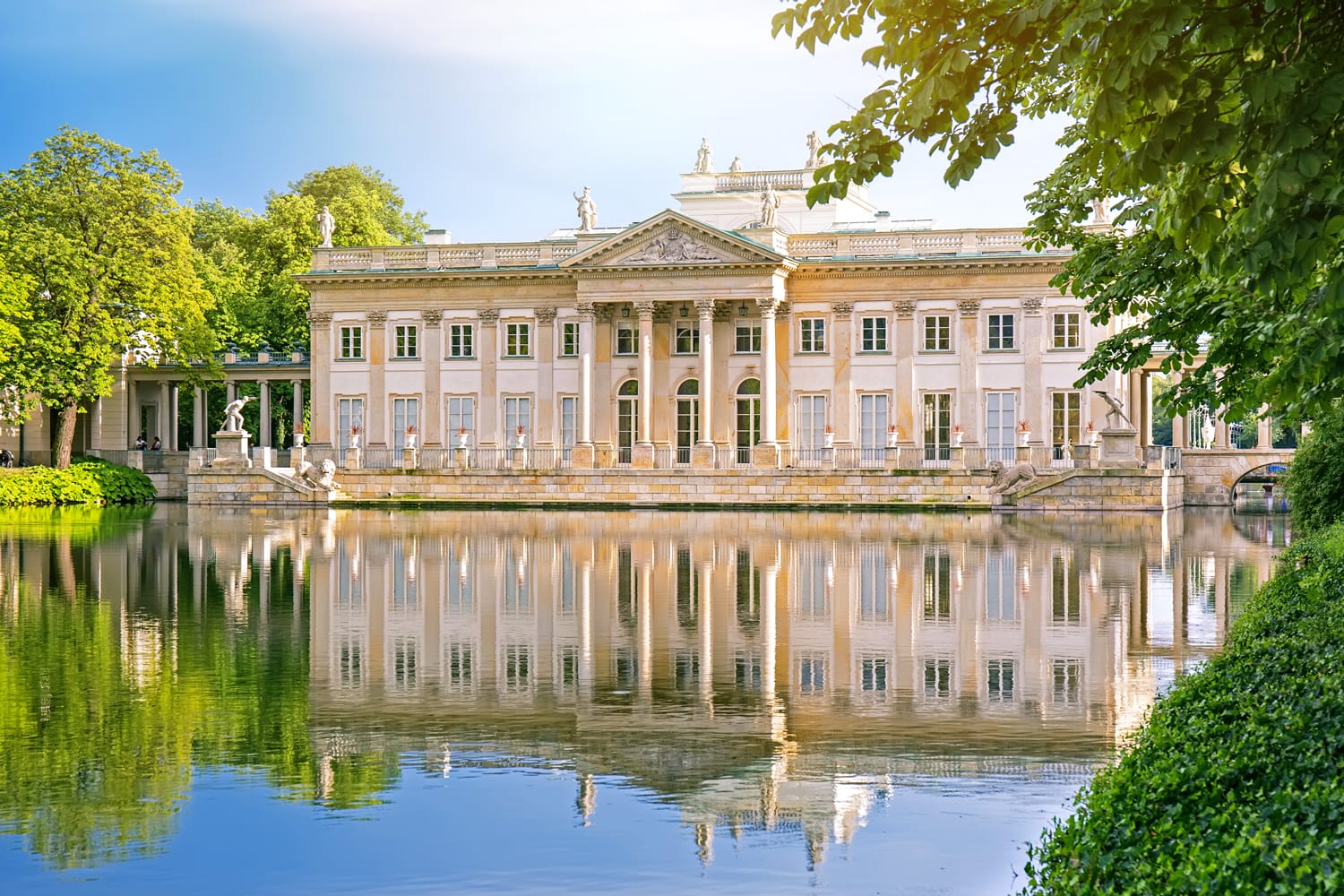
Łazienki Park and Palaces
Although it may seem a fair way south from the main downtown area, you won’t want to miss Lazienki Park. This gigantic park covers a space larger than the Old Town and is home to streams, lakes, woods and fields galore. It’s also home to a huge statue of the composer Chopin, the University Botanic Gardens and an art museum inside Ujazdowski Castle.
But wait, there’s more. Of the several palaces on the grounds, none compare to the Pałac na Wyspie, or the Palace on the Isle. Situated on a tiny island in the park’s lake is the most picturesque building in all of Warsaw. Beautiful from every angle, it’s common for people to rent boats and paddle around the lake while snapping photos of the peacocks. It’s a magical spot to end your time in Warsaw.
Well, that pretty much sums up what to do in Warsaw in 3 days. If you’d like to include your time in Warsaw as part of a larger Poland trip, why not take a look at our 10-day itinerary of Poland next.
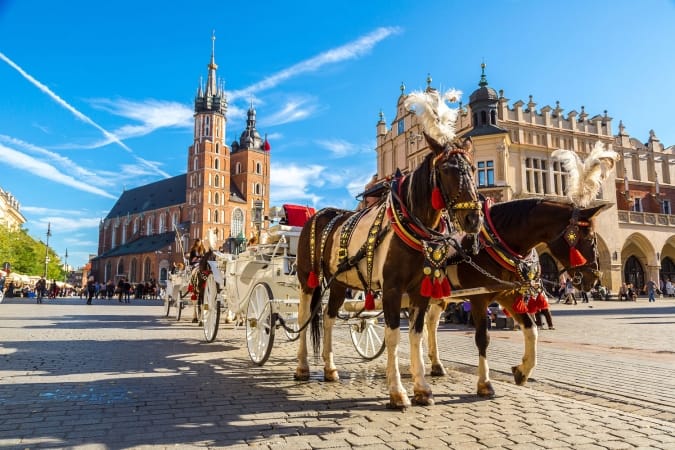
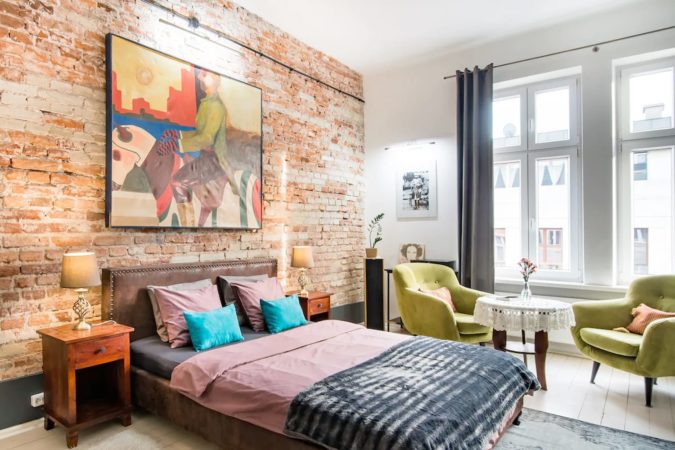

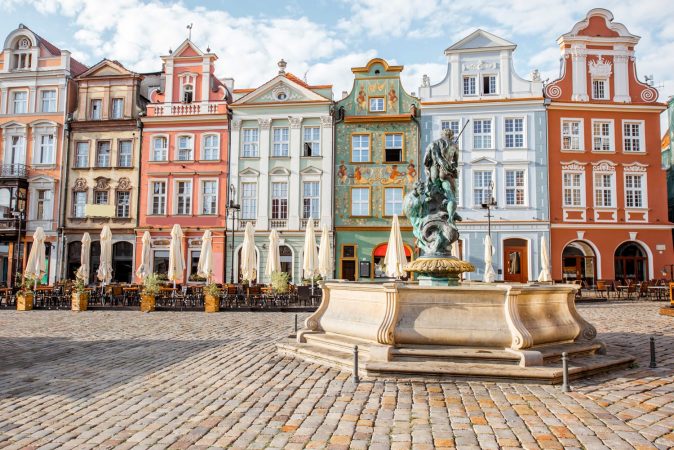
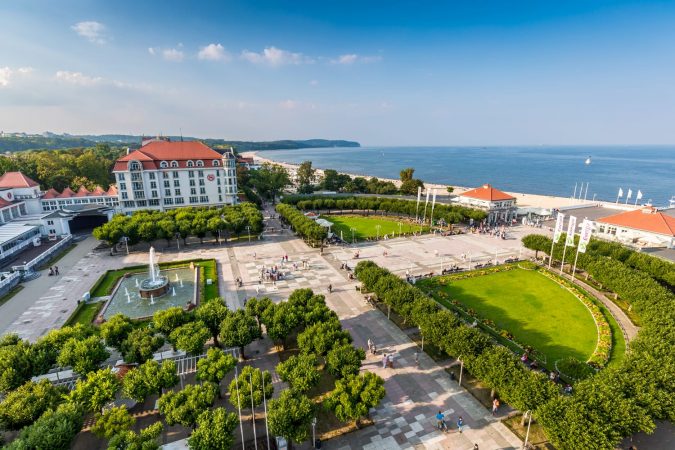
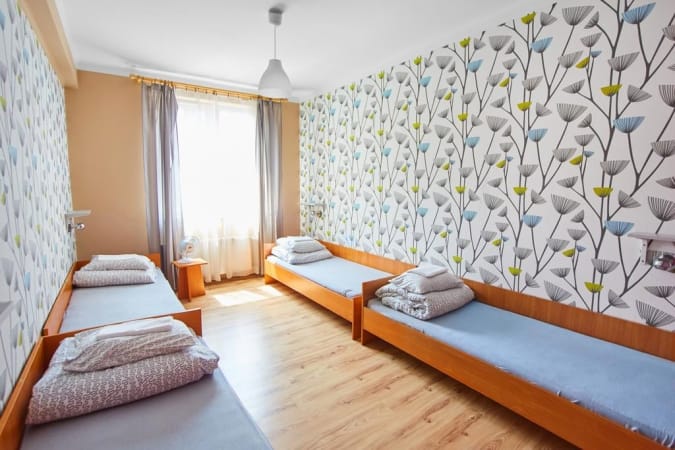
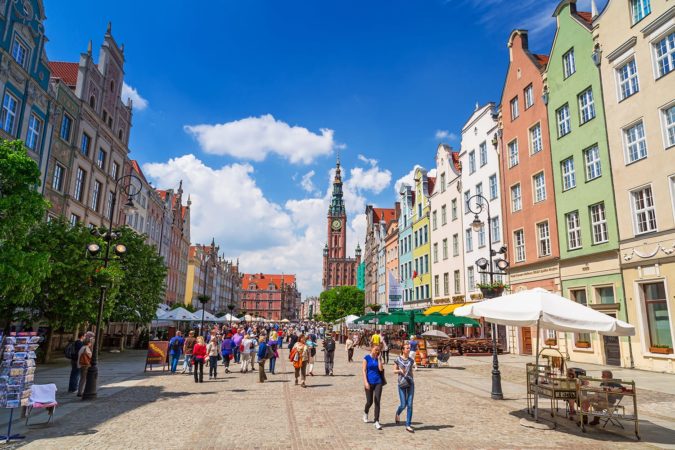
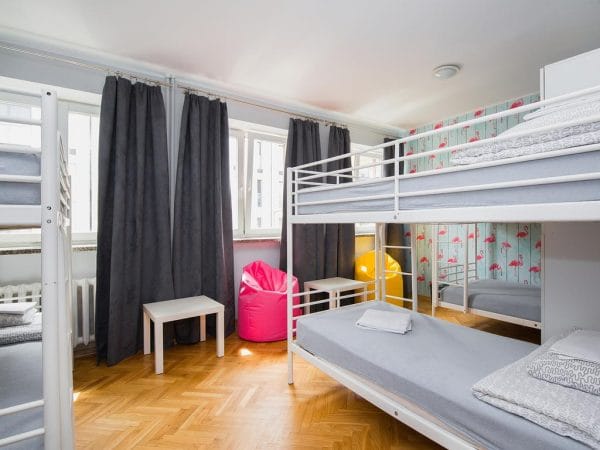
Comments